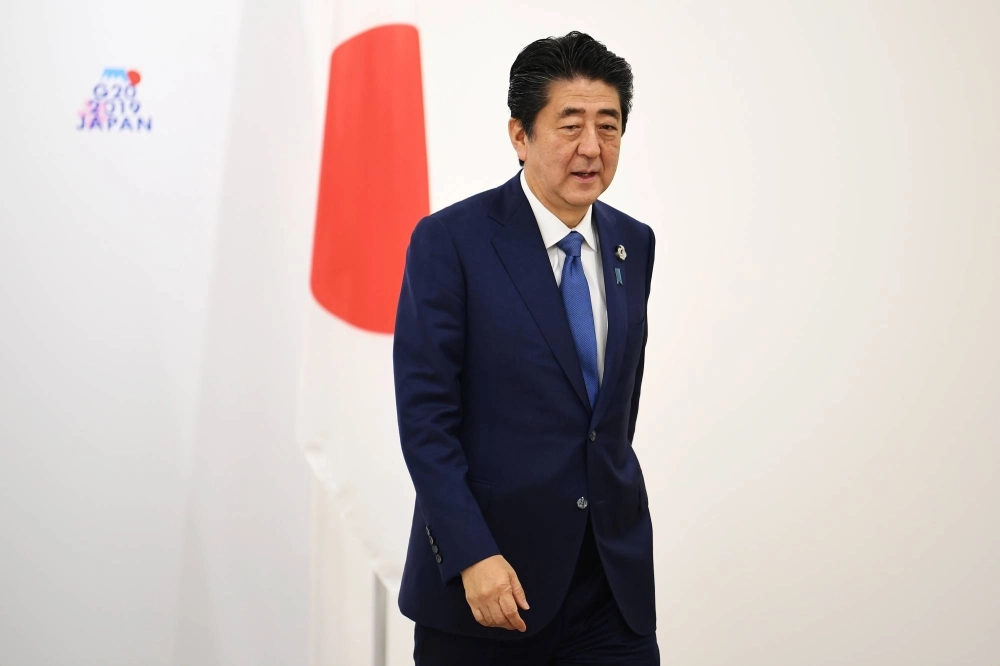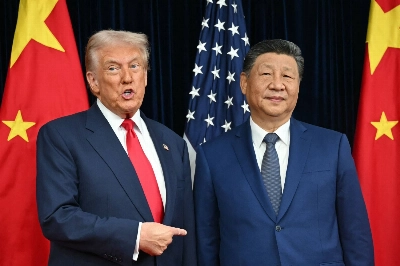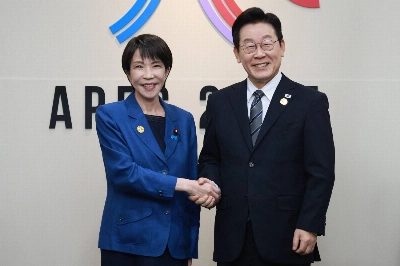After the 1985 Plaza Accord pushed the yen’s exchange rate sharply upward, Japan’s economy suffered a severe slowdown that proved mightily difficult to reverse. In fact, the only Japanese prime minister to oversee a period of consistent growth and high employment in the past three decades was Shinzo Abe during his second term, which began in 2012.
Abe’s economic program (which I helped the prime minister develop) was quickly dubbed Abenomics. Assisted by the Bank of Japan’s monetary policy under then-Gov. Haruhiko Kuroda, the policy saw employment rise more than under any other Japanese government in the 21st century, creating nearly 5 million jobs between 2013 and 2019.
At the same time, about 3 million new female workers joined the labor force during this period. To provide his economic policies with a secure base, Abe sought to strengthen national security by promoting the idea of a free and open Indo-Pacific.


















With your current subscription plan you can comment on stories. However, before writing your first comment, please create a display name in the Profile section of your subscriber account page.